New furniture collection celebrates Vladimir Kagan
Curated by Vladimir Kagan Design Group director Chris Eitel, in collaboration with Holly Hunt, the furniture collection presents ten pieces created by Kagan between the 1940s and 1980s, exploring the key themes of his work
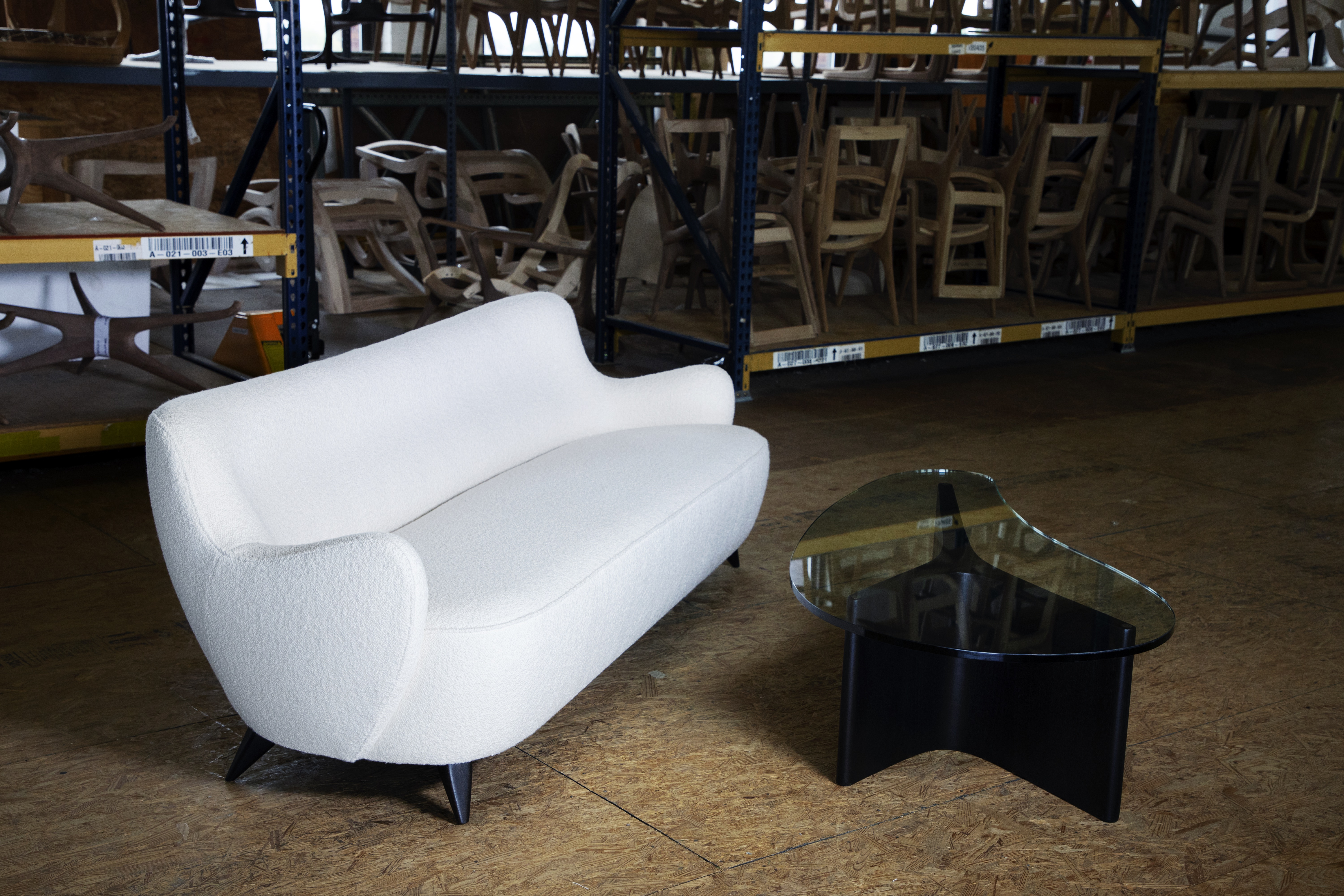
Steve Benisty - Photography
Holly Hunt and Vladimir Kagan Design Group present a new ten-piece collection of furniture designs by the late designer Vladimir Kagan, exploring the recurring themes of his work between the 1940s and 1980s. Curated by Chris Eitel, director of design and production at Vladimir Kagan Design Group (and former protégé of the late designer), the collection features faithful reproduction, preserving the designer’s legacy with minimal functional or material adjustments.
Eitel joined Kagan’s studio in 2013 and, over the years, he worked closely with the designer to help create some of his limited-edition pieces, for the likes of Ralph Pucci and Carpenters Workshop Gallery. The collection of furniture reissues reflects some of the key themes recurring throughout Kagan’s work, with a focus on organic forms and linear architecture.
Vladimir Kagan furniture rediscovered
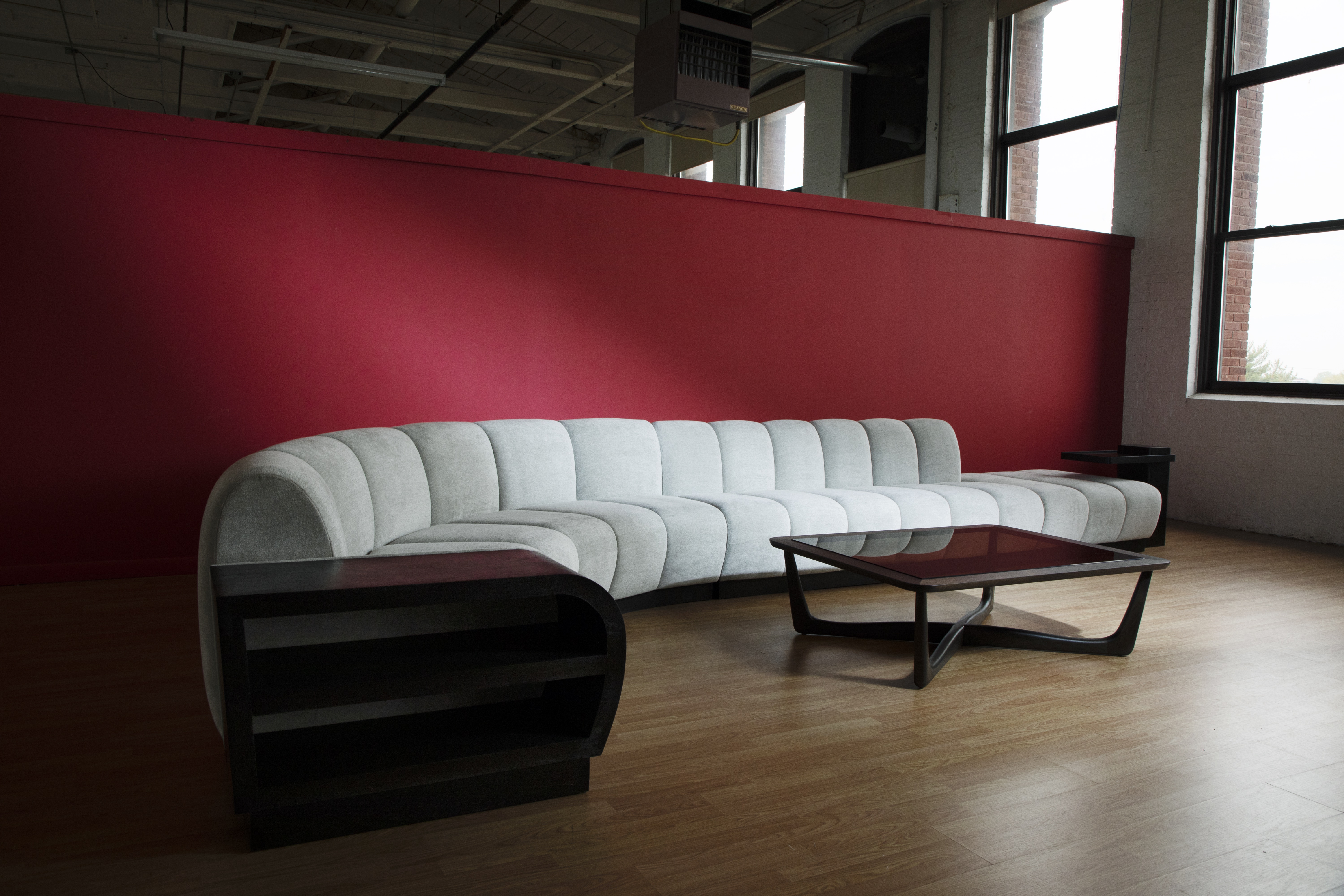
‘Biscuit’ sofa and ‘Branch’ coffee table
‘We started by going through [Kagan's] Classic Collection,’ says Eitel, referring to a large body of furniture work comprising sofas, chairs, tables and lighting, part of the design studio's ongoing production. ‘We started revisiting all the pieces and the way that our craftsmen were making them in the woodshop. [It] really helped me look at more historical pieces from different decades.’
Together, the pieces in the collection form a map of Kagan’s visual inspirations and the artistic movements that informed his work, but through their materiality and forms they also inform a visual history of furniture design. The 1950s ‘Upsilon’ coffee table bears elements of midcentury modern furniture design, while the ‘Roll Back’ sofa, from 1967, introduces Lucite in combination with minimally shaped upholstered elements. The 1970s ‘Ellipse’ lounge chair, with its circular metal base and ruched seat upholstered in blue velvet, and the Lucite ‘Lotus’ chair are imbued with a sophisticated disco spirit, while the composition of the 1980s ‘In-Flight’ side tables was a reference to postmodernism.
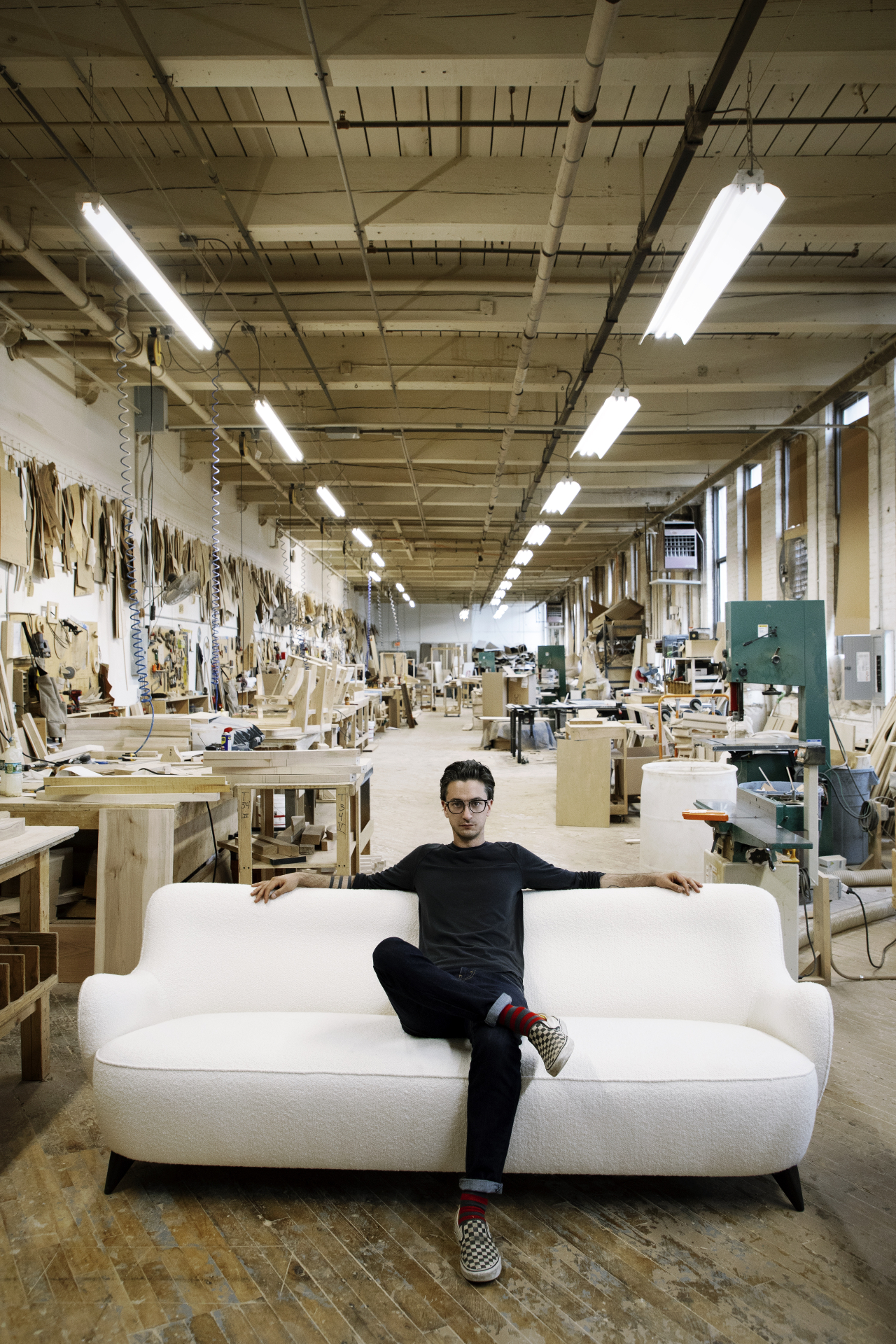
Chris Eitel posing on the ‘Barrel’ sofa in the furniture workshop
There is plenty of modularity throughout the collection, like in the snake-like forms of the ‘Biscuit’ sofa, and references to cubism, found in the composition of the ‘Cantilevered’ desk that exquisitely combines glass, metal and wood. ‘Vladimir would always say he had two styles: an organic, curved style and one more architectural and linear,’ notes Eitel. ‘We felt like we were telling a lot [about] the organic [in the Classic Collection], and not enough [about] those linear designs that he created throughout different decades.
‘We wanted to just explore his career a little bit and pull from decades, see what his influences were from the 1940s through the 1980s, find some pieces that people might not have had access to for a long time, and pick things that we were attracted to, and that we thought we could bring forward in a contemporary and modern way.’
The collection was created in collaboration with furniture company Holly Hunt, which acquired the studio in 2016 and has since been supporting its work. ‘Vladimir Kagan’s work embodies a lifelong dedication to the handcrafted and exquisite,’ says Jo Annah Kornak, SVP and executive creative director at Holly Hunt. ‘[We are] honoured to continue that legacy, and work with Chris and the Vladimir Kagan Design Studio to create heirloom pieces that respond to the changing modern world.’
When asked to pick one piece from the collection, Eitel is hesitant. ‘I truly believe there isn't just one piece that defines Vladimir’s vision,’ he says. ‘I think what you're seeing is a scope of vision that he had, by bringing the archive pieces back, we continuing a vision of the company and studio and showing its evolution. The pieces in the collection show the history of Vladimir Kagan through design.’
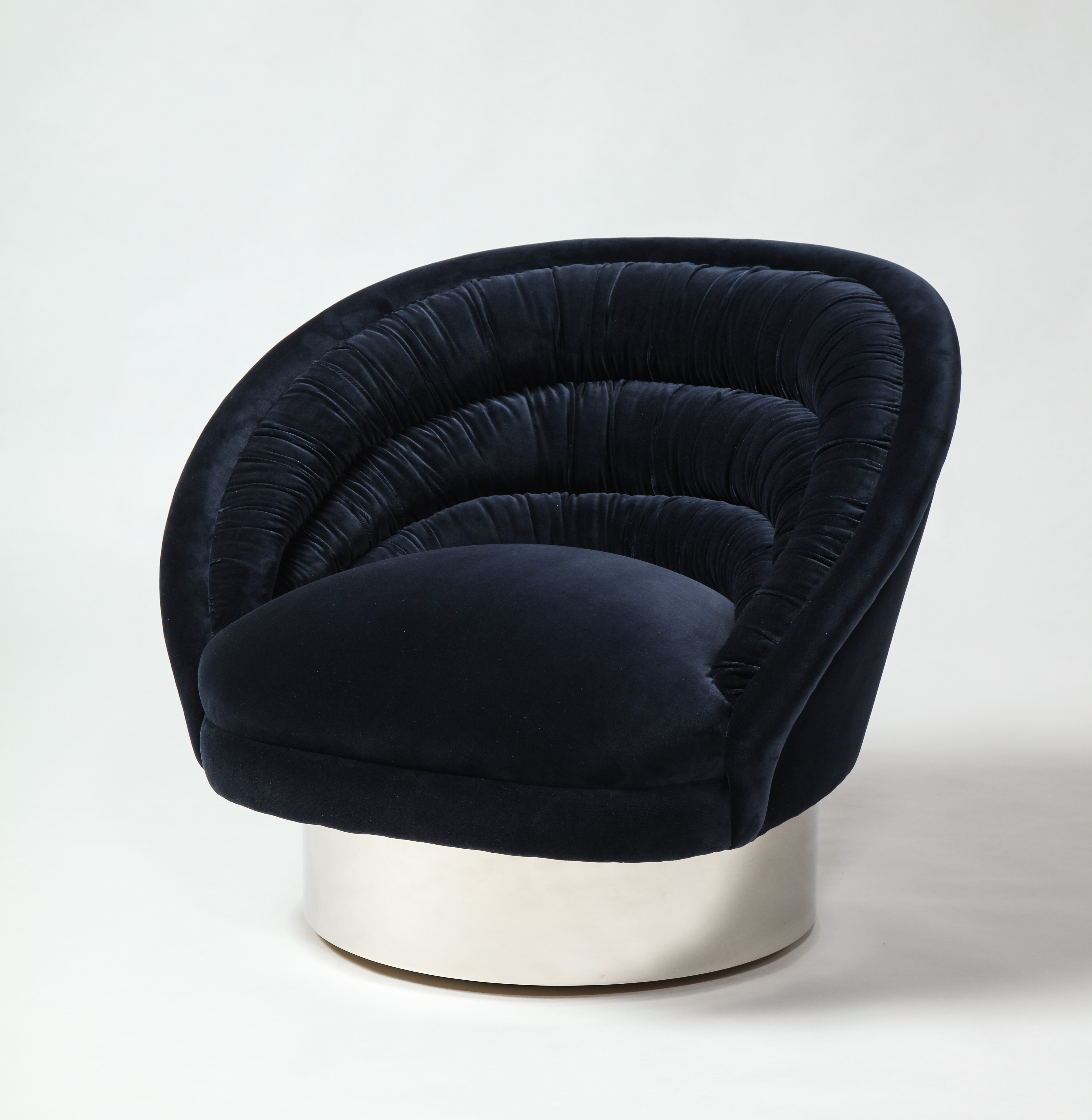
‘Ellipse’ lounge chair, from the 1970s
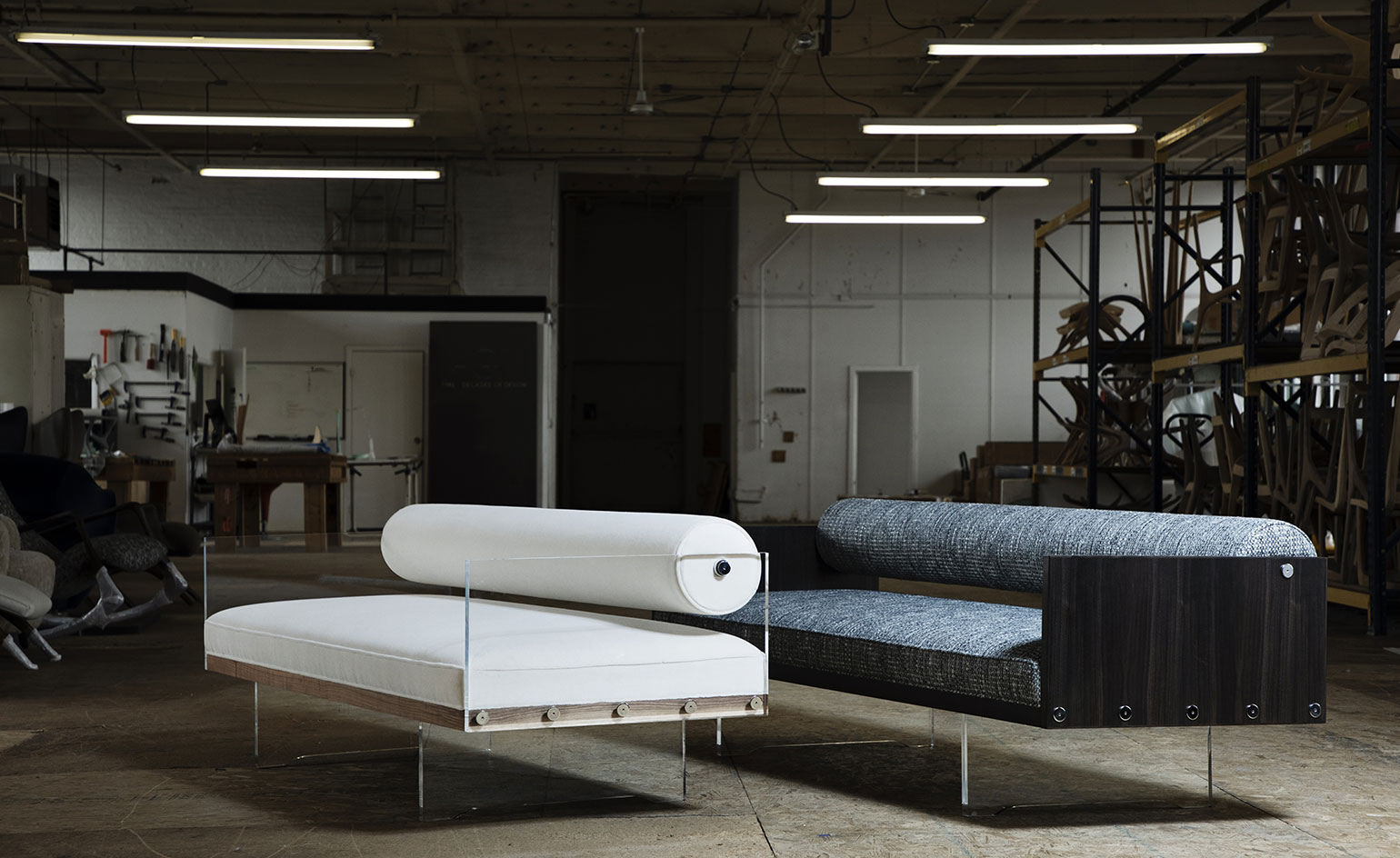
Two examples of the ‘Roll Back’ sofa, 1960s
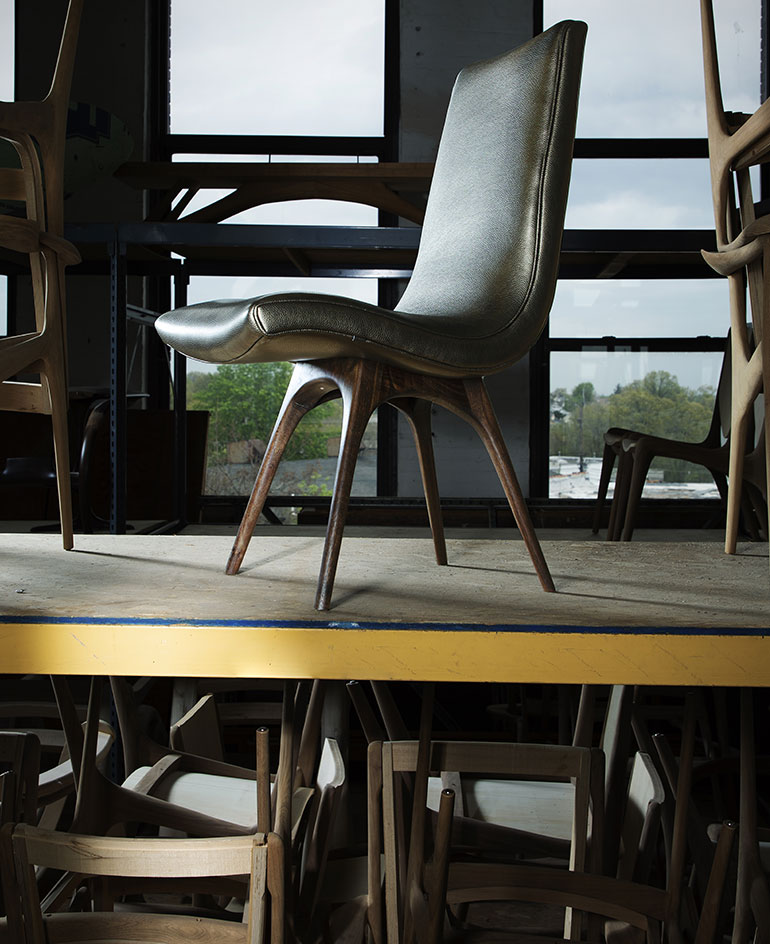
‘Elegante’ dining chair

Chris Eitel at the studio
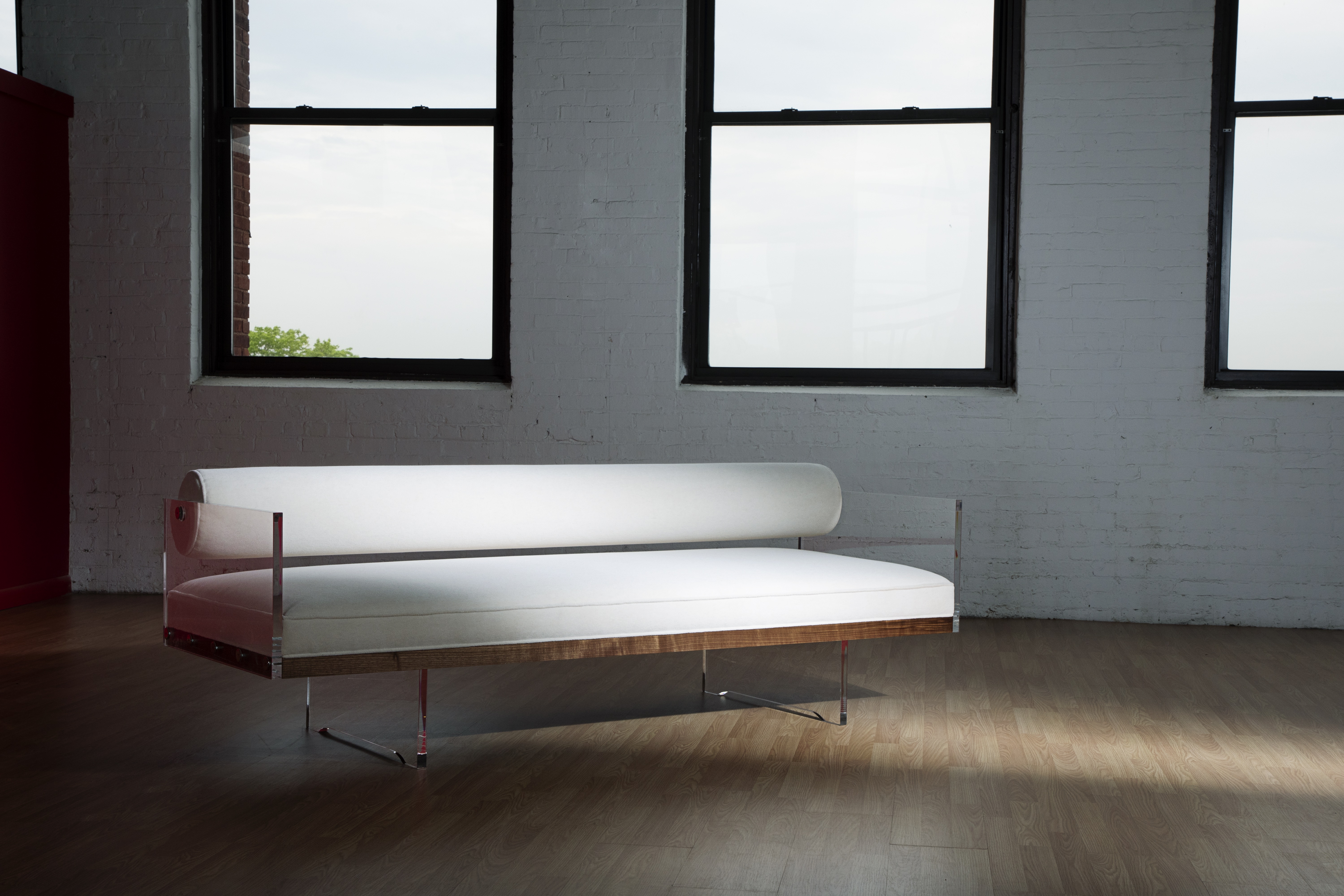
Roll Back’ sofa
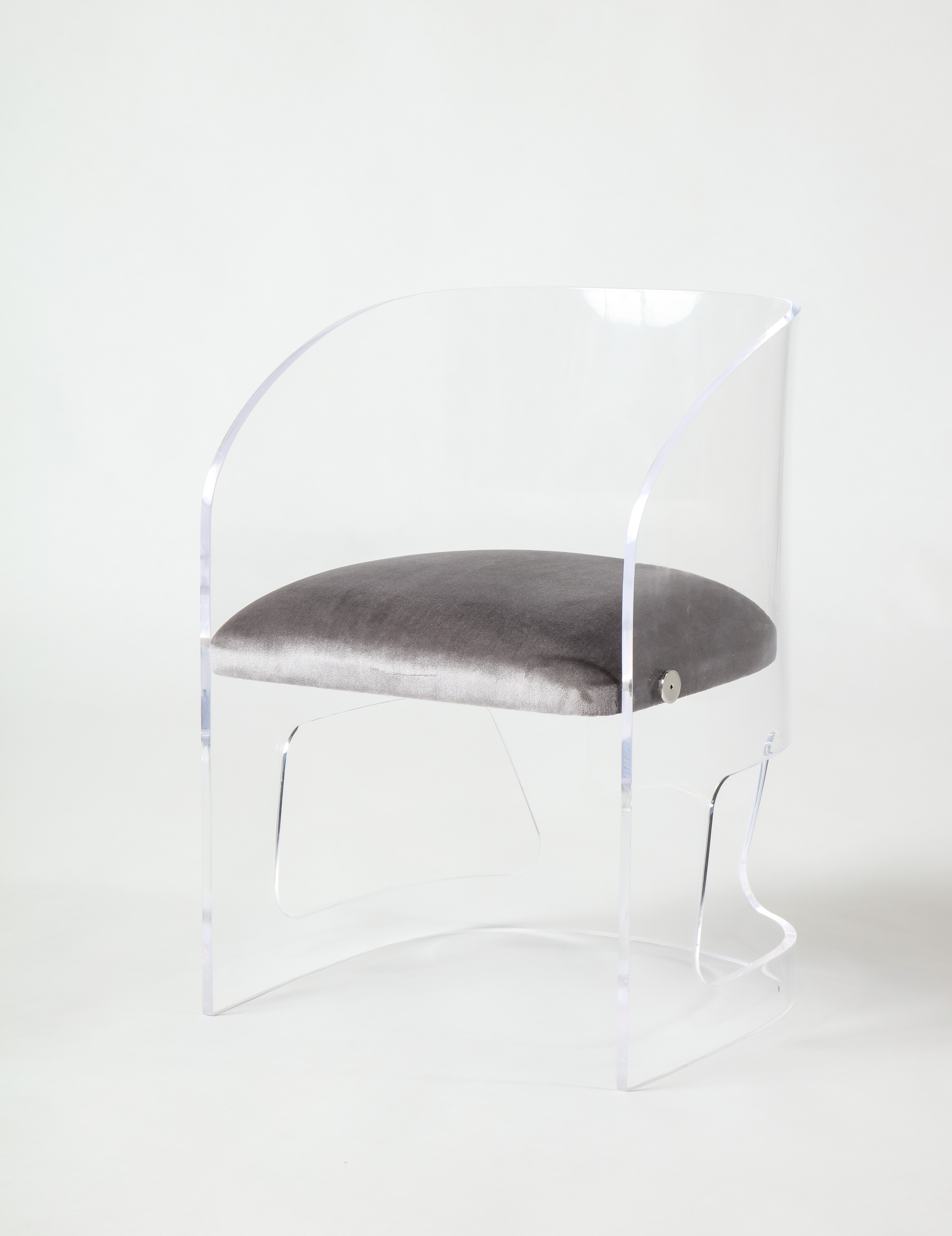
‘Lotus’ chair
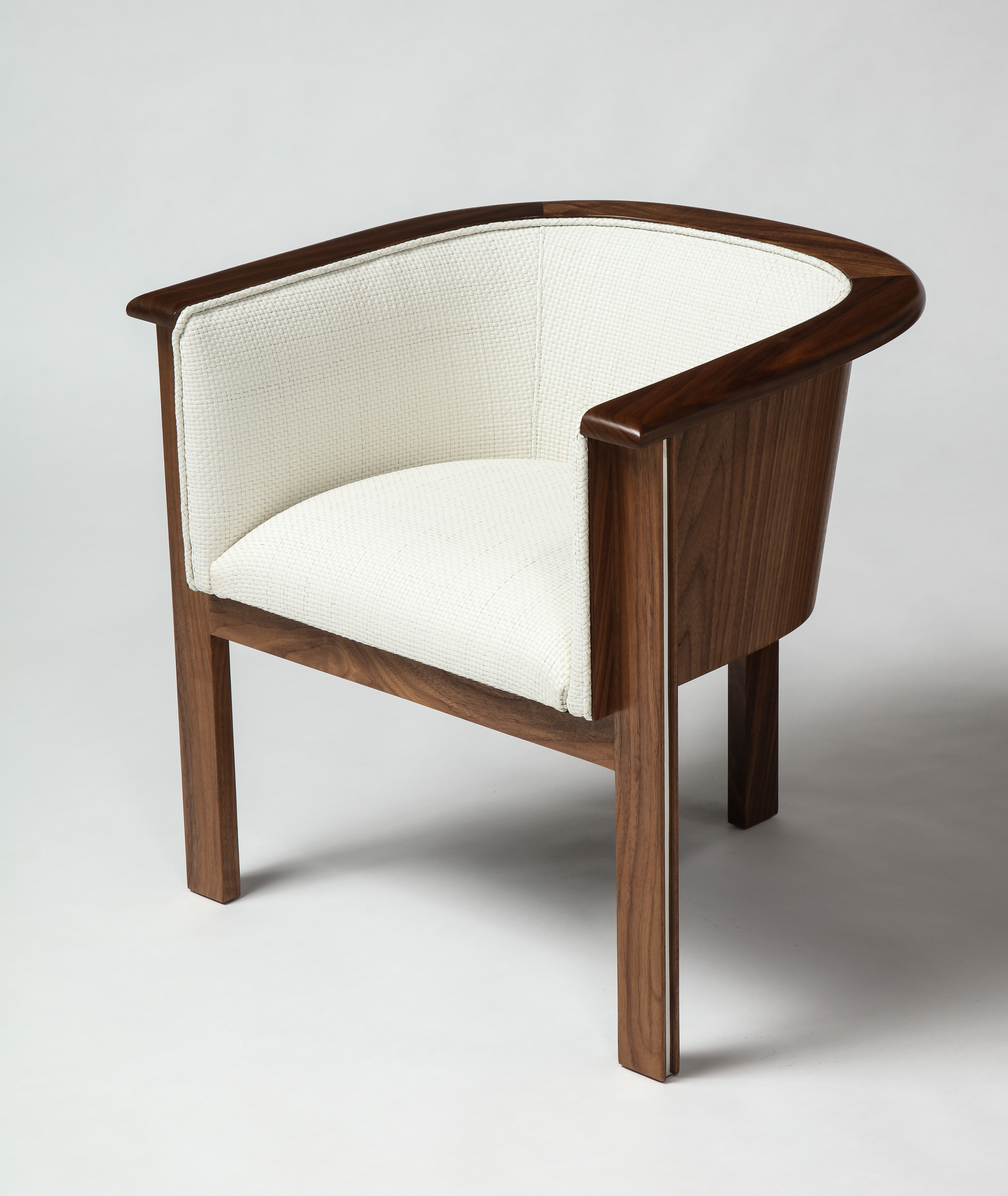
‘Cycle’ chair
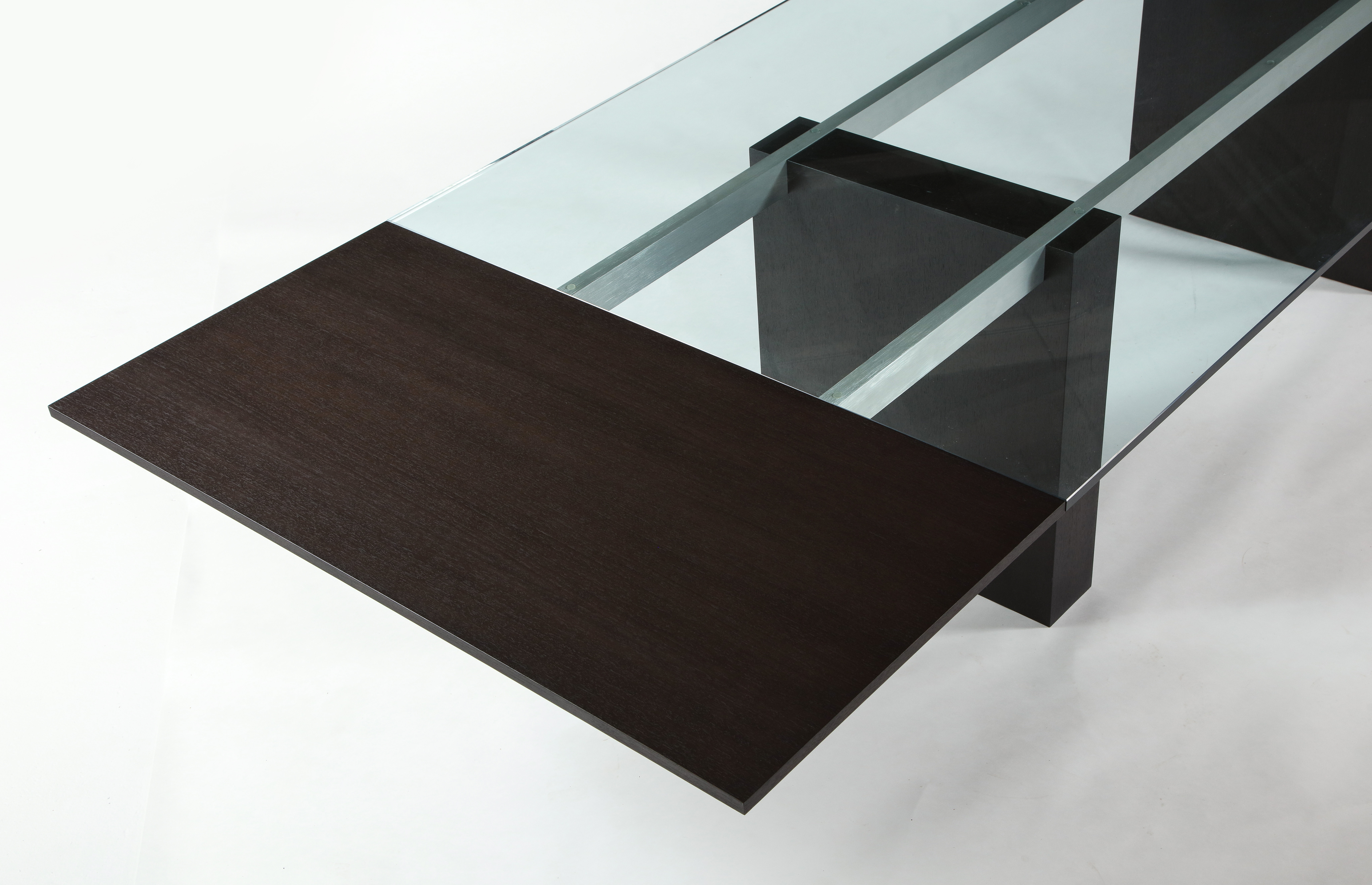
Detail of the ‘Double Pedestal Cubist’ dining table from the collection
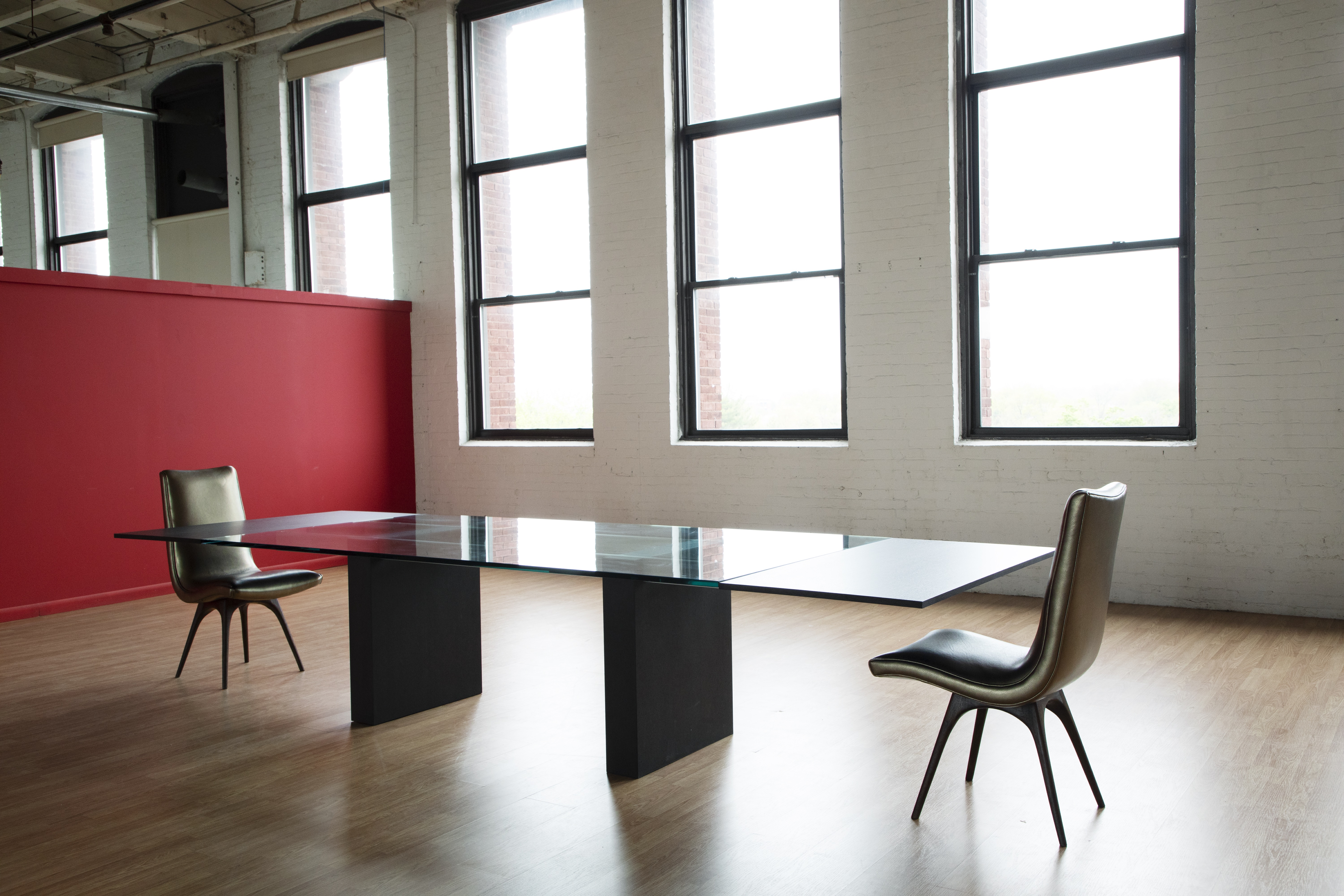
‘Double Pedestal Cubist’ dining table and ‘Elegante’ dining chairs
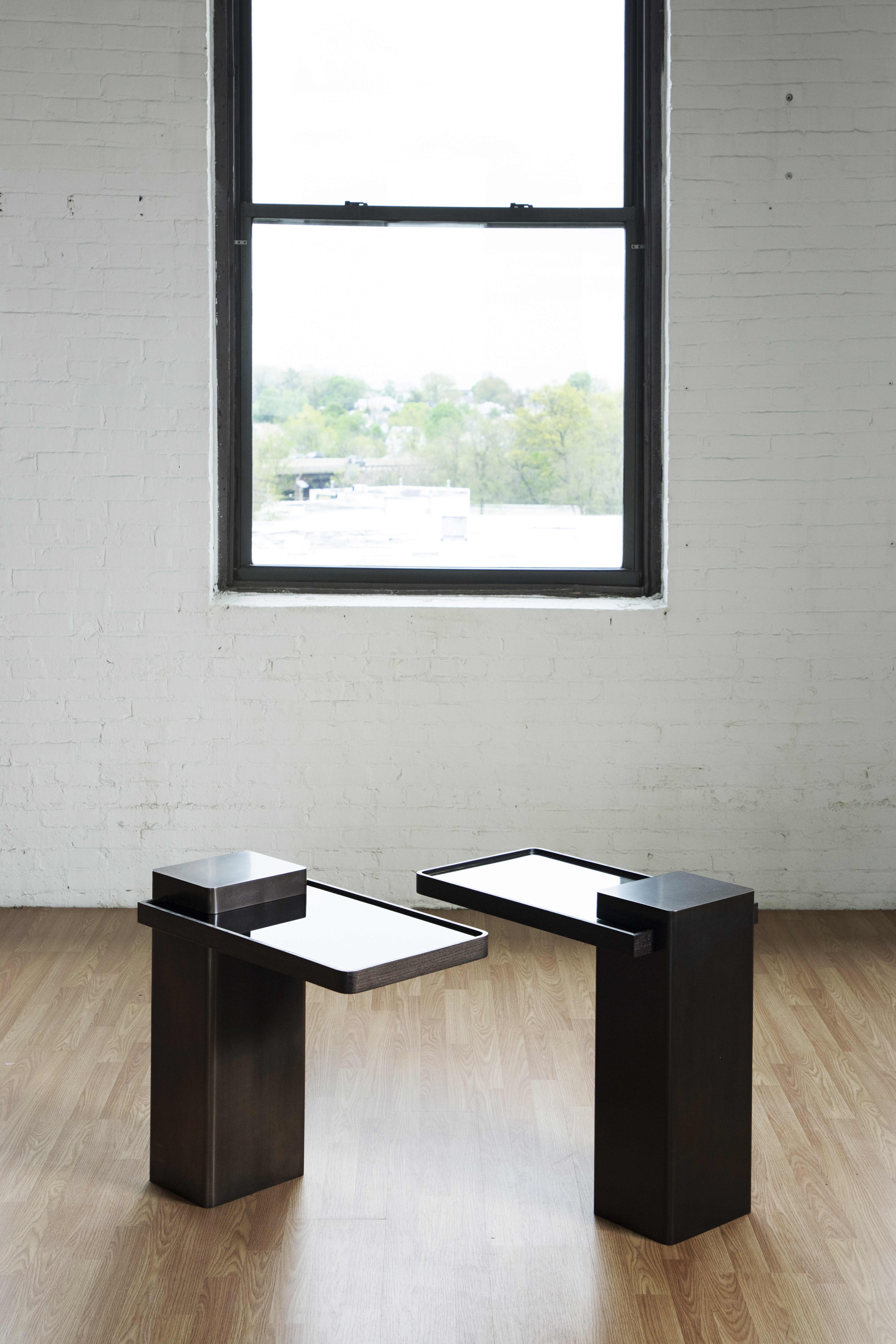
‘In Flight’ side tables, 1980s
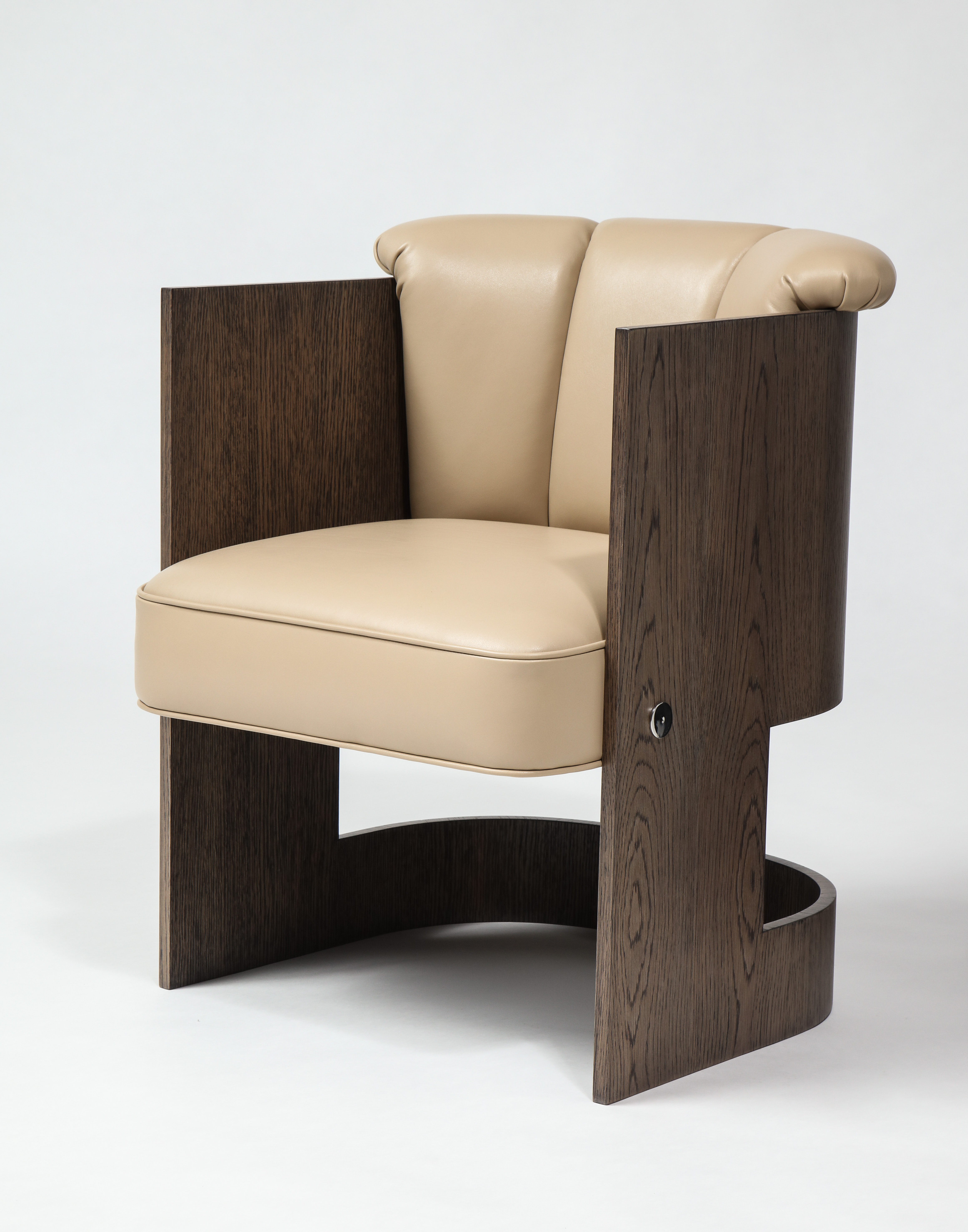
INFORMATION
Wallpaper* Newsletter
Receive our daily digest of inspiration, escapism and design stories from around the world direct to your inbox.
Rosa Bertoli was born in Udine, Italy, and now lives in London. Since 2014, she has been the Design Editor of Wallpaper*, where she oversees design content for the print and online editions, as well as special editorial projects. Through her role at Wallpaper*, she has written extensively about all areas of design. Rosa has been speaker and moderator for various design talks and conferences including London Craft Week, Maison & Objet, The Italian Cultural Institute (London), Clippings, Zaha Hadid Design, Kartell and Frieze Art Fair. Rosa has been on judging panels for the Chart Architecture Award, the Dutch Design Awards and the DesignGuild Marks. She has written for numerous English and Italian language publications, and worked as a content and communication consultant for fashion and design brands.
-
 All-In is the Paris-based label making full-force fashion for main character dressing
All-In is the Paris-based label making full-force fashion for main character dressingPart of our monthly Uprising series, Wallpaper* meets Benjamin Barron and Bror August Vestbø of All-In, the LVMH Prize-nominated label which bases its collections on a riotous cast of characters – real and imagined
By Orla Brennan
-
 Maserati joins forces with Giorgetti for a turbo-charged relationship
Maserati joins forces with Giorgetti for a turbo-charged relationshipAnnouncing their marriage during Milan Design Week, the brands unveiled a collection, a car and a long term commitment
By Hugo Macdonald
-
 Through an innovative new training program, Poltrona Frau aims to safeguard Italian craft
Through an innovative new training program, Poltrona Frau aims to safeguard Italian craftThe heritage furniture manufacturer is training a new generation of leather artisans
By Cristina Kiran Piotti